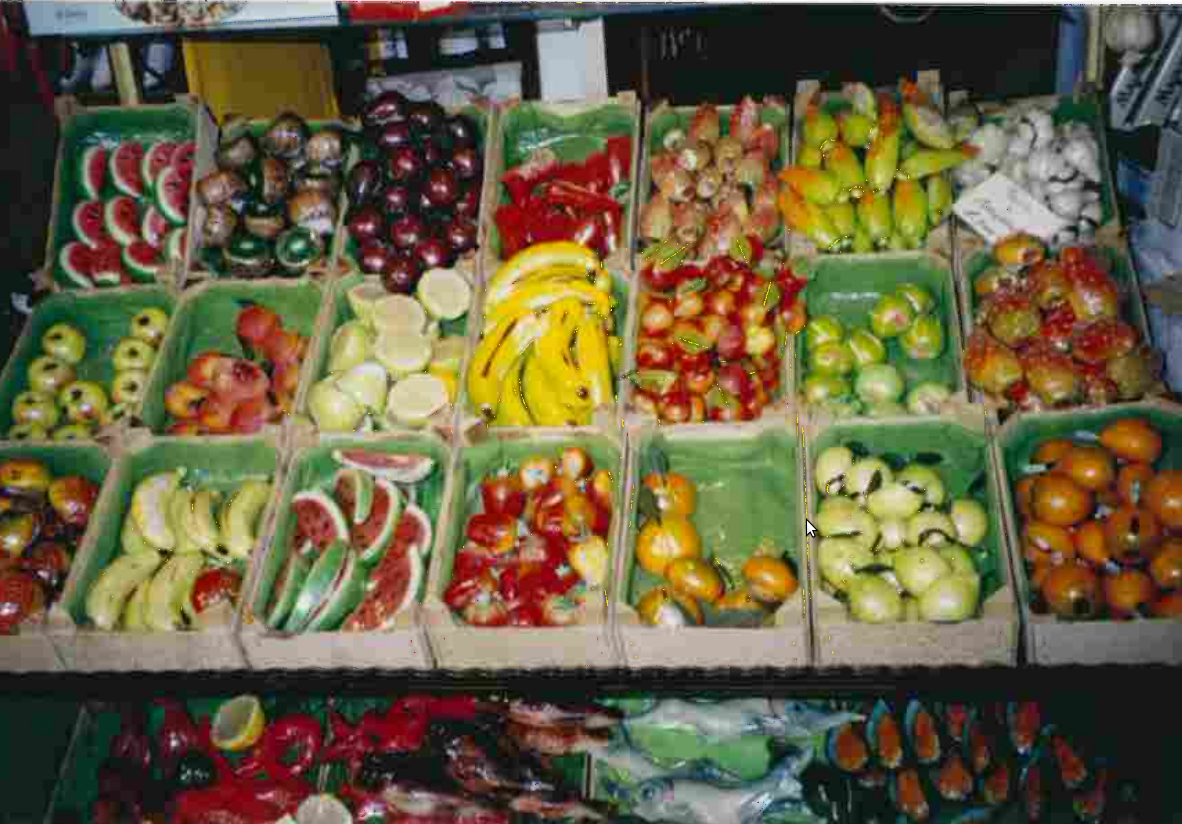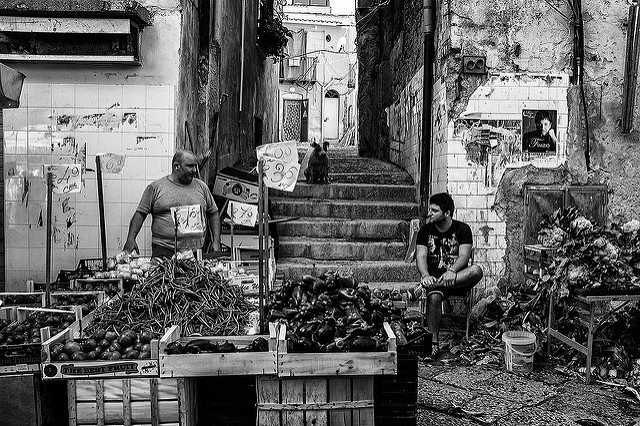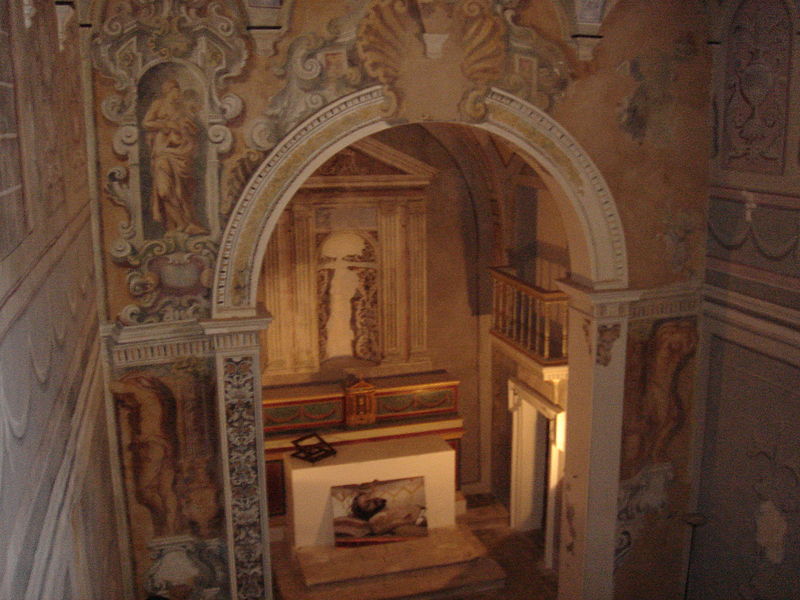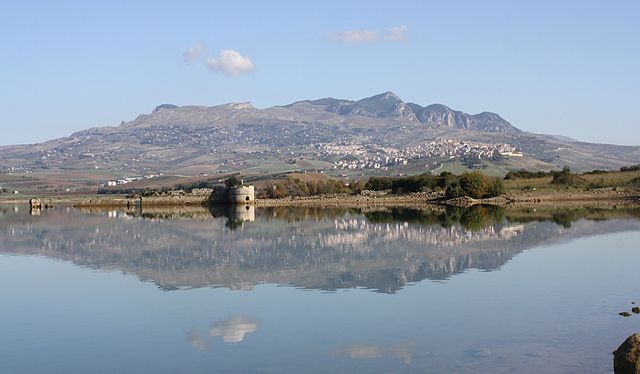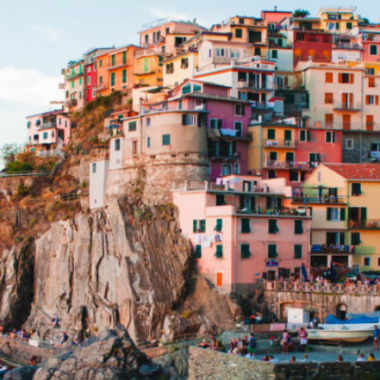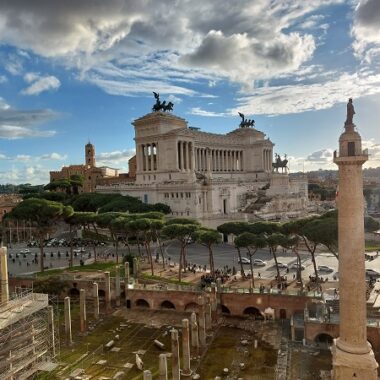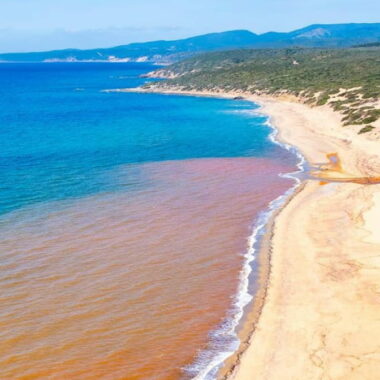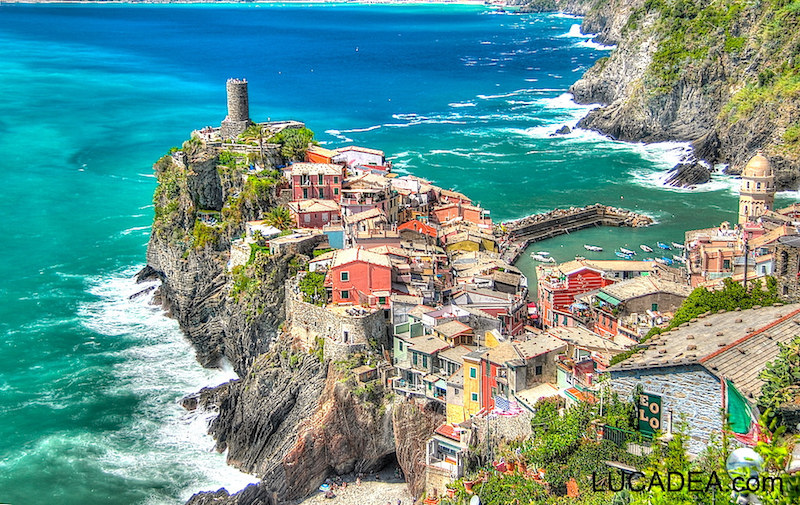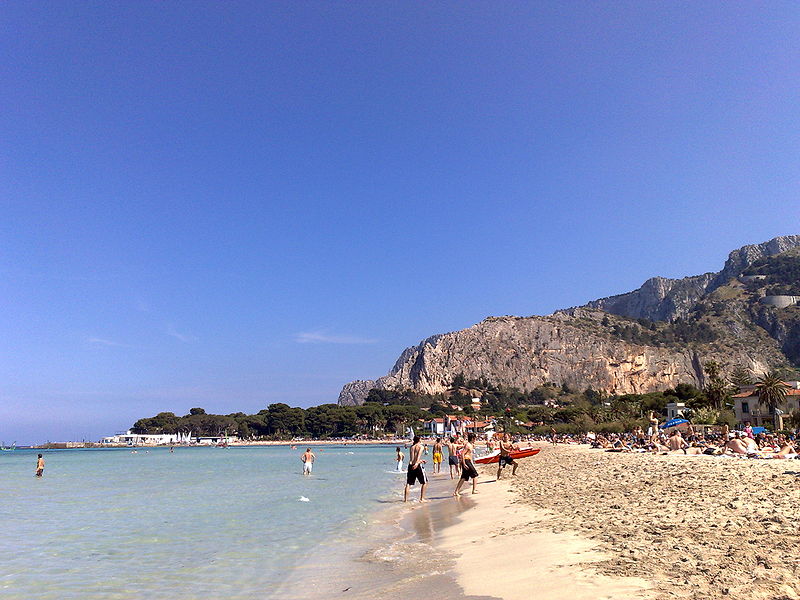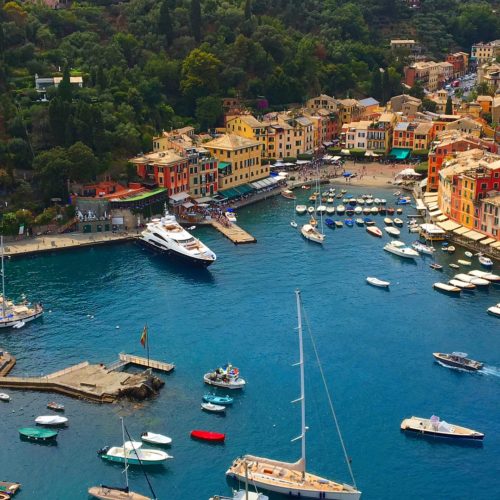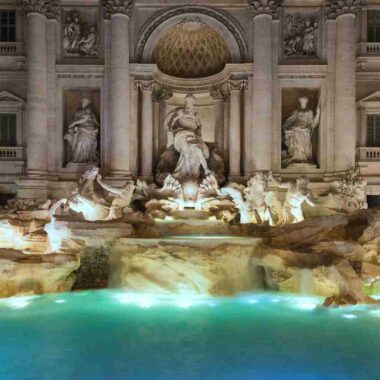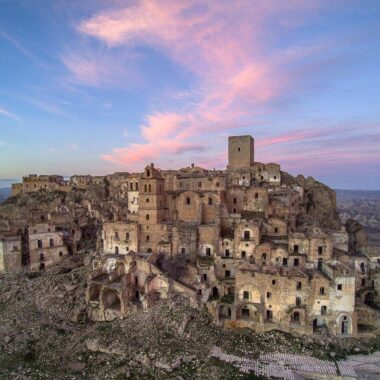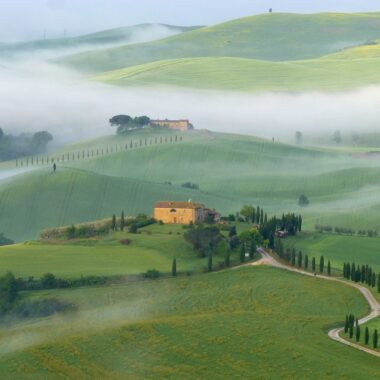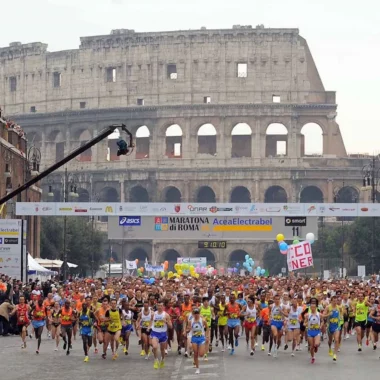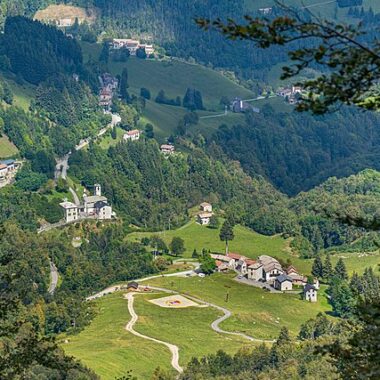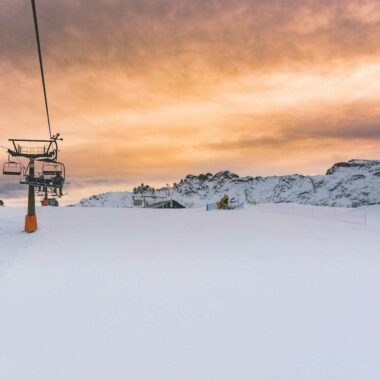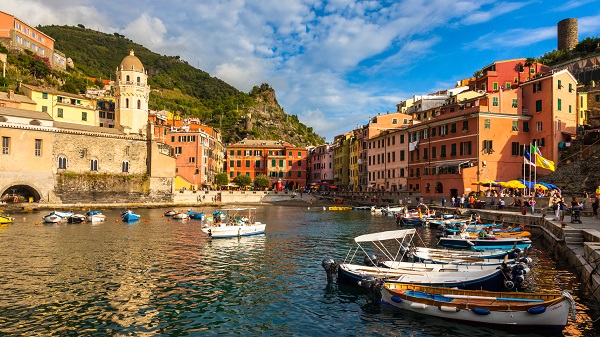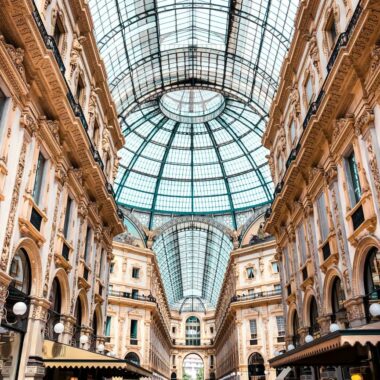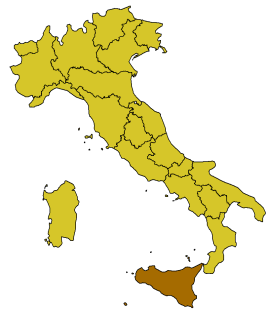 Sicilia – Sicily
Sicilia – SicilySicily, Sicily
By GK Stritch
Sicily, Sicily,
Hot Southern Italy
Lampedusa’s Leopard
And hearty goat shepherds
Nonne black dresses
Girls with dark tresses
Gelato and ices
Pasta and vices
Clemenza unholy
Take the cannoli
Pagliacci sad clown
Thin pizza uptown
The world’s first multicultural society was in Sicily. Today, it is Europe’s most historically cosmopolitan region. The land is full of archaeological wonders. Amazing art, folklore and awe inspiring scenery greets visitors at every turn. Delicious food at reasonable prices is available wherever or whenever you have a craving.
This captivating place was once a Greek colony, a Roman province, a Norman kingdom and an Arab emirate. Aragonese, Swabians, Angevins, Carthaginians and Phoenicians have all called Sicily home at one time or another, and they’ve left behind an interesting and diverse history filled with mystique.
Sicily is the largest island in the Mediterranean basin, with approximately 1,000 kilometers of coastline, which is sandy in the south, and rocky in the north. Around it lay smaller islands such as the Pelagie, the Egadi and the Aeolian, among others. The landscape has great contrast, but mountains and hills dominate. Near Catania, there is a vast plain. To the east, Mount Etna is Sicily’s tallest mountain, reaching heights of 3,300 meters, and the largest volcano in Europe. Every year in winter, bubbling, fiery slag, in the form of lava flows down the sides of the snow-capped mountain, while ash and smoke spew from its mouth.
The southeast side of the mountain consists of high plateaux that are made up of lava, limestone and tufa. Numerous chasms have been carved into the mountainside through the ages by erosion. The mountain is entirely protected within a national park. The majesty of the spectacular landscapes will leave you in awe.
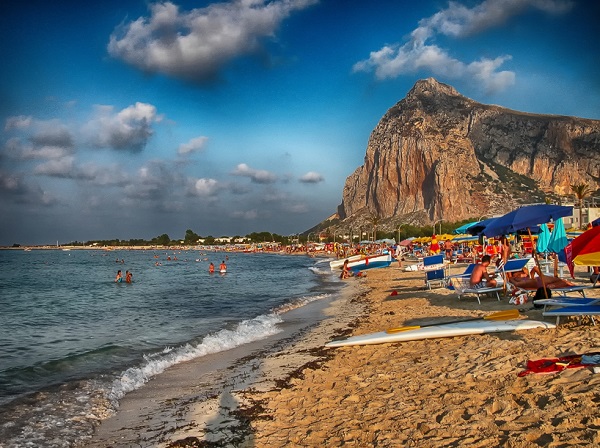 San Vito Lo Capo has one of the best beaches in Sicily
San Vito Lo Capo has one of the best beaches in SicilyPh. depositphoto.com/jovannig
Life in Sicily is slow-paced, the atmosphere one of relaxation and tranquility, which is moving toward a new modern society. The people of the region are delightful. Though intensely proud of family and country, they are friendly, charitable, generous, cheerful and gracious. When greeted, visitors feel that at last they have come home.
Palermo was founded as a port during the eighth century B.C. Today, it is the largest urban center in Sicily.
Be sure to visit the city center and gaze in awe at magnificent convents, palaces, monasteries, and churches that make up the ancient, medieval historical district. There are seven theatres in the city center, if you wish to spend a night on the town.
A must-see is the Royal Palace, a spectacular architectural structure that was built in the twelfth century. Other things you won’t want to miss include the Cathedral and the Regional Archaeological Museum, which houses an extensive collection of Greek and Etruscan art.
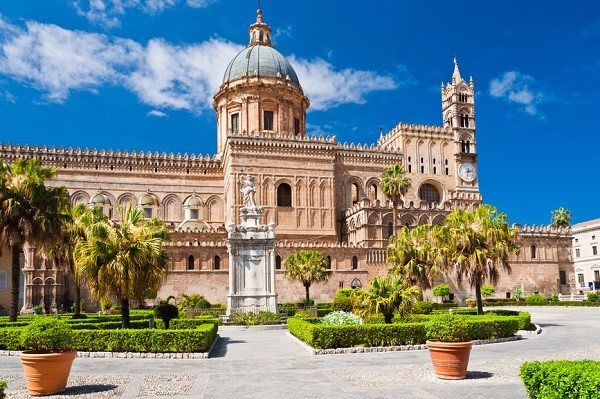 The cathedral in Palermo
The cathedral in PalermoPh. depositphoto.com/blunker
Taormina is charming by day and captivating by night. It sits on the side of a mountain, 200 meters above sea level, gazing down on the Ionian Sea. You will delight in the diminutive passages and the winding, medieval streets. Ice cream bars, cafés and restaurants can be found in every nook and cranny of this beautiful, characteristic mediterranean village.
From the Greek theatre that was built in the 3rd century, you can see a magnificent view of Mount Etna, which gives a true sense of how minute we are in this vast universe. It’s a wonder to behold and another experience you won’t want to miss.
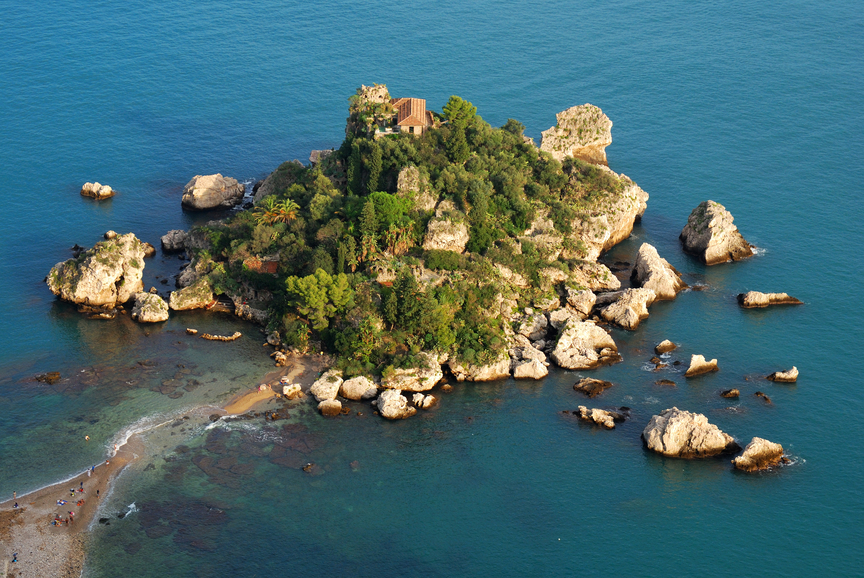 Isola Bella in Taormina, Sicily
Isola Bella in Taormina, SicilyPh. depositphoto.com/emicristea
In Agrigento, on Sicily’s South coast, you will find the Valley of the Temples, which is a UNESCO World Heritage Site. Remains of the Greek city of Akragas, the Doric temples were built in the fifth century B.C. The Museo Archeologico has a large collection on display, including exquisite funerary urns and statues. At dusk, the area is ethereal with the silhouettes of temples outlined against the night sky, as the sun gives way to the moon.
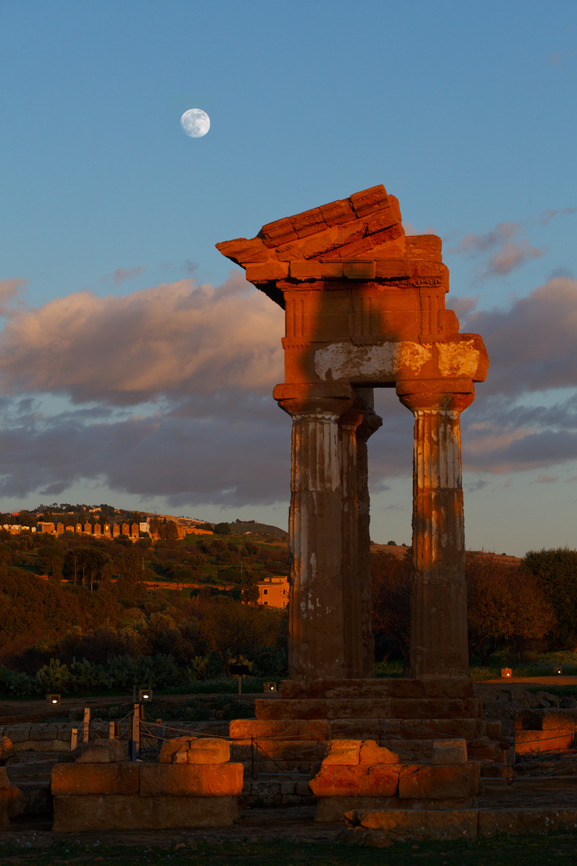 Agrigento, Valley of the Temples.
Agrigento, Valley of the Temples.Ph. ©Depositphoto.com/mariobono
The second largest city in Sicily is Catania, located on the eastern coast. The city has survived its share of disasters, including heavy bombing during WWII, famines, epidemics, the eruption of Mount Etna in 1669 and, in the past, hordes of marauding pirates.
After the devastating eruption of Mount Etna, the city was completely rebuilt. This accounts for the non-classical styles that you see as you stroll the streets of the city. Mount Etna plays an important role in the lives of the people of Catania. Homes, walls, buildings and roads are all built using black, volcanic rock.
Catania has two Roman amphitheatres. At one time, over 14,000 spectators gathered in the largest to watch sporting events and socialize. Today, only a third of the structure is above ground. Buried beneath, is a labyrinth of winding tunnels and passages. We can only hope that one day they will be excavated.
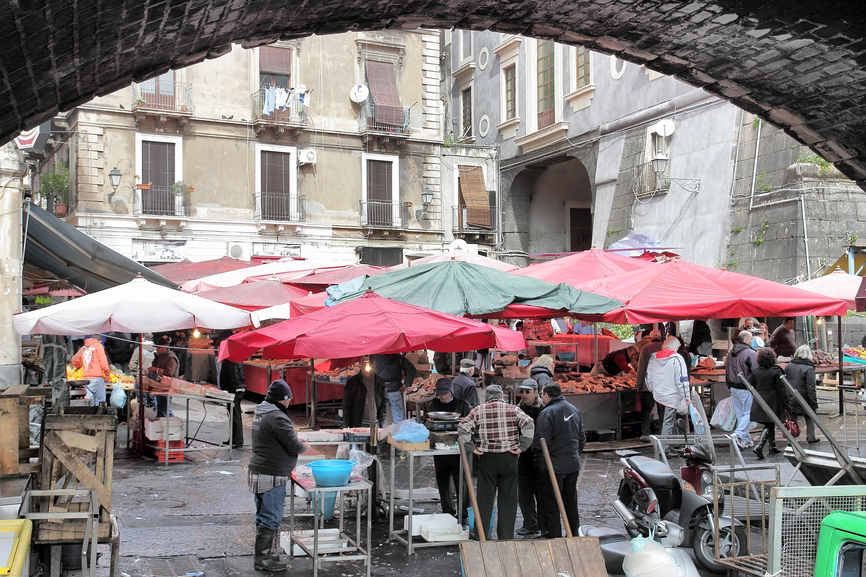 Fish Market in Catania, Sicily
Fish Market in Catania, SicilyPh. depositphoto.com/marcovarro
From the 3rd to the 5th of Februrary each year, Catania is host to the Festival of Saint Agatha, the second largest festival in the world. For two days, a shrine of the saint is carried through city streets by her followers.
The Feast of Saint Agatha in Catania
Two great artistic minds of Italy, the composer Vincenzo Bellini and the novellist Giovanni Verga, were natives of Catania. Be sure to take in the Bellini Civic Museum and the Giovanni Verga House Museum to learn more about the music, writings and lives of these two great men.
Known as the “Milan of the South,” Catania is well known for its restaurants, clubs and shops. It’s a city that is full of sights and sounds that will fill you with awe and delight.
The delicious, rich food of the Mediterranean diet attracts visitors to Sicily from around the world. Arancini, crocche, and sfincioni can be found in abundance. If you are a seafood lover be sure to indulge in such delicacies as snapper, swordfish, seppie, spaghetti with black squid ink, or sardines served with lemon. The quality of the food in Sicily is exquisite and more reasonably priced that in other regions of Italy. Be sure to try cannoli, gelato, granita and cassata for a heavenly, mouth watering treat.
 Sicilian ice-cream in a bread bun. A good solution to a local problem:
Sicilian ice-cream in a bread bun. A good solution to a local problem:the Mediterranean heat quickly melts the ice-cream, which is absorbed by the bread.
Unesco Heritage in Sicily
Sicily has 9 Unesco Heritage: 5 of cultural interest, 2 natural sites and 2 part of the “intangible” cultural heritage.
The 5 Unesco cultural sites in Sicily are (click on the links for more info):
Late Baroque Towns of the Val di Noto: destroyed during an earthquake in 1693, these nine towns in the South-Eastern part of Sicily were rebuilt with exquisite baroque style.
Syracuse and the Rocky Necropolis of Pantalica: they contain remains that date back to Roman and Greek times.
Villa Romana del Casale: well preserved Roman mosaics can be seen here.
Archaeological Area of Agrigento: possibly better than the Acropolis of Athens.
Arab-Norman Palermo and the Cathedral Churches of Cefalù and Monreale: these sites were added to the Unesco Heritage List in 2015, the most recent in Italy.
The Natural Unesco Sites in Sicily are Mount Etna (added in 2013) and the Aeolian Islands (Isole Eolie: Lipari, Vulcano, Stromboli), for their usefulness in the volcanological research.
The Unesco Heritage Sites in Sicily
According to Unesco, the Intangible Cultural Heritage includes the traditions or living expressions that we inherited from our ancestors. There are two listed in Sicily: the “Opera dei Pupi“, a Puppet theatre that originated in the 15th Century, and “La vite ad alberello di Pantelleria”, an agricultural practice that is a unique grape growing.
In case you were looking for a panoramic view, Enna is the place to go in Sicily.
During the summer months, Sicily is a great place to visit for wondrous sights, sounds and tastes. Enjoy relaxing while enjoying the culture, festivals and history of the region for the experience of a lifetime.
By Mary M. Alward


